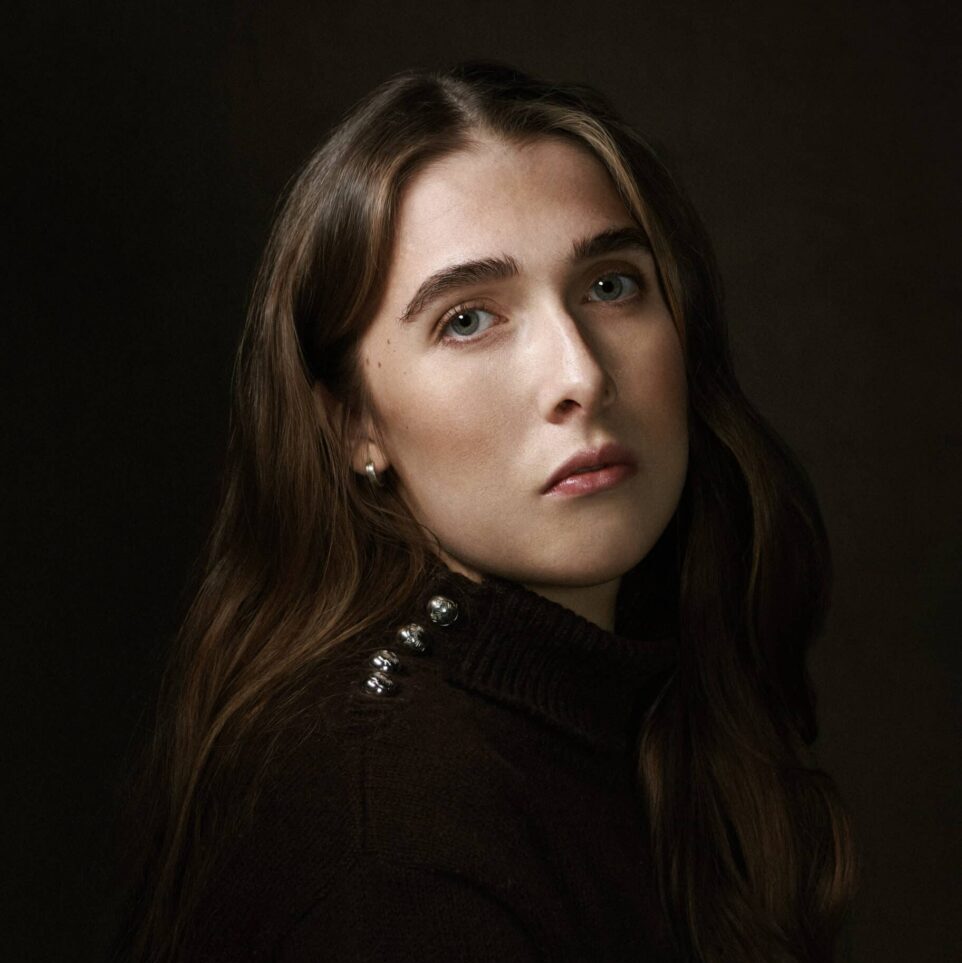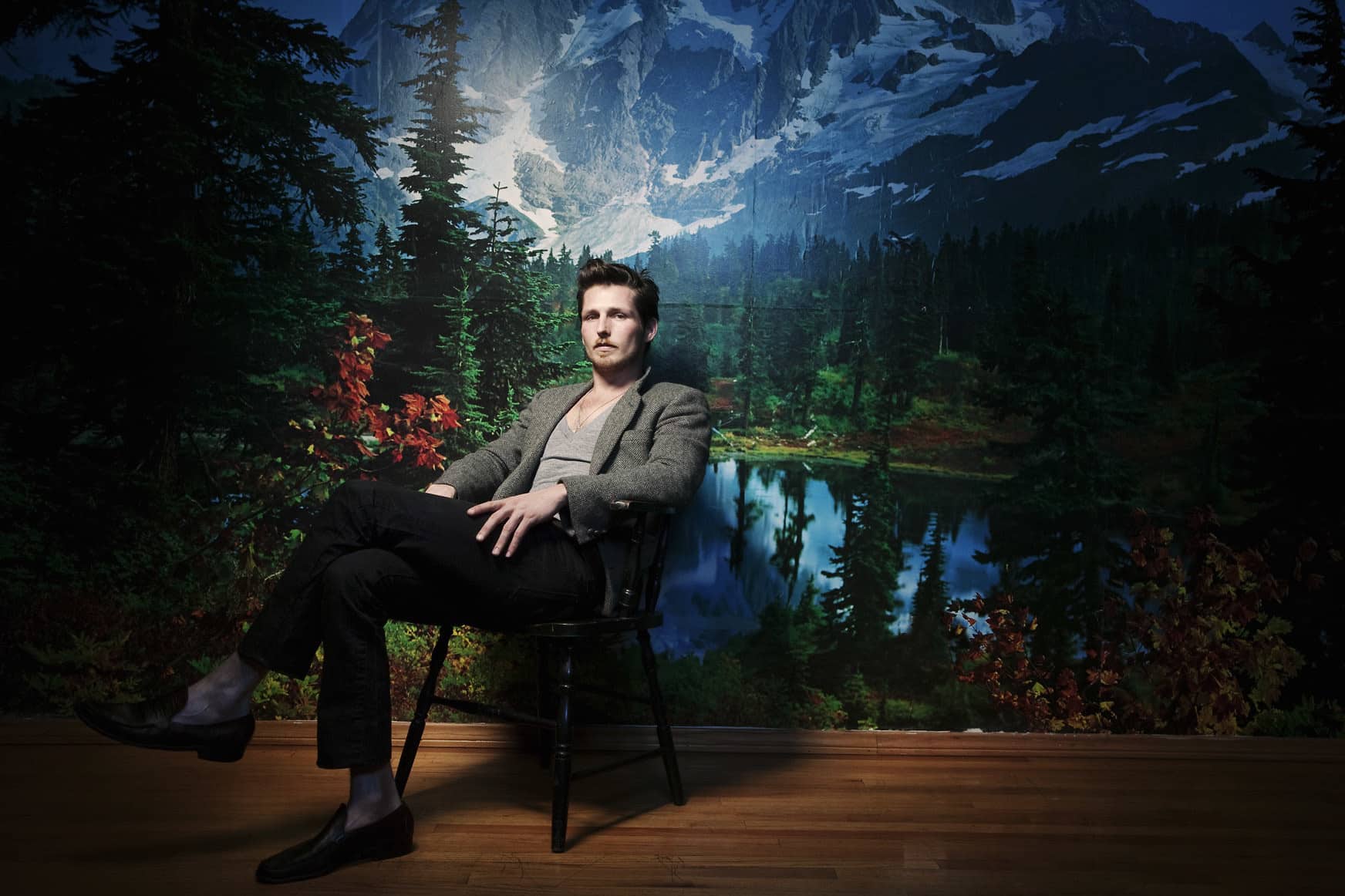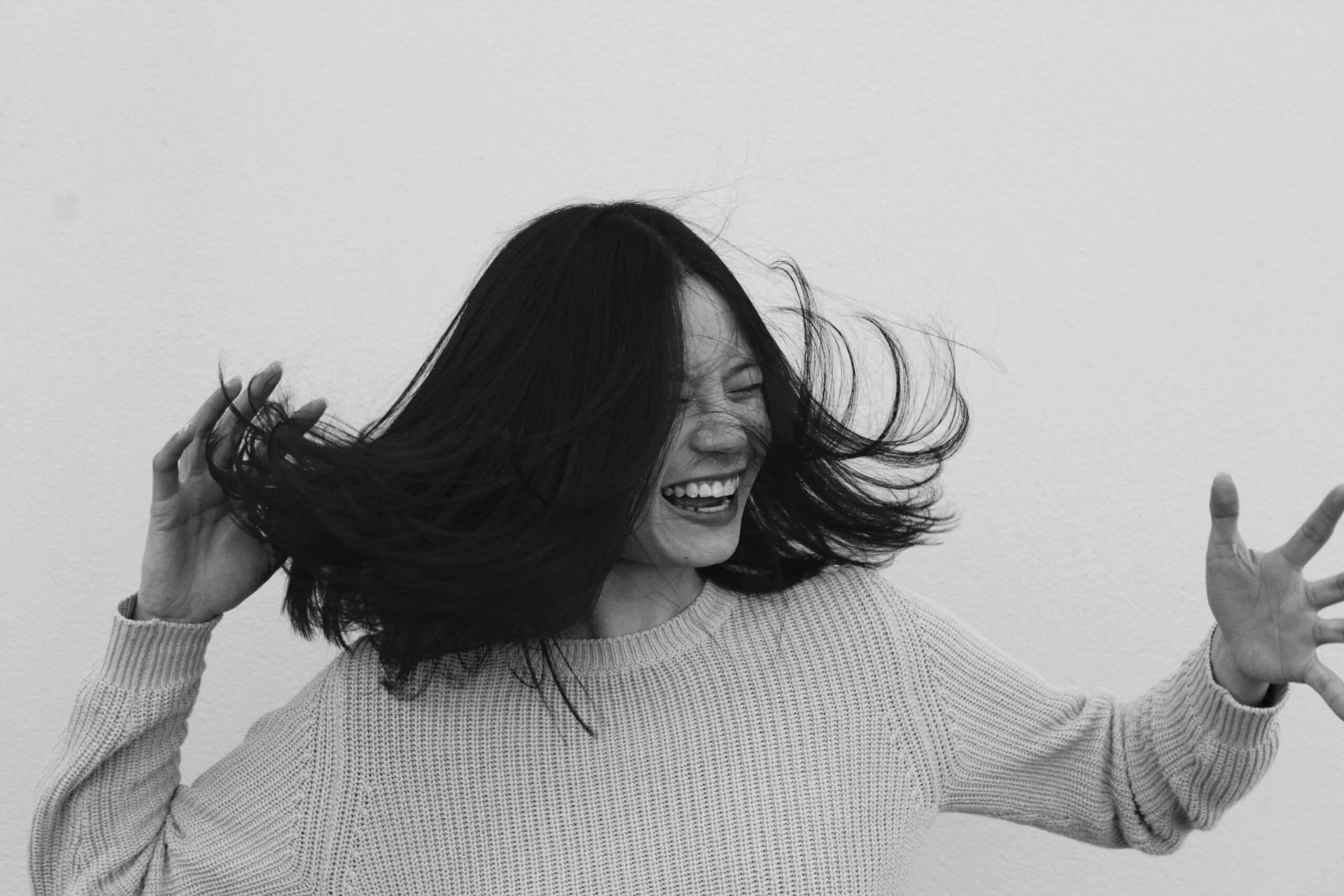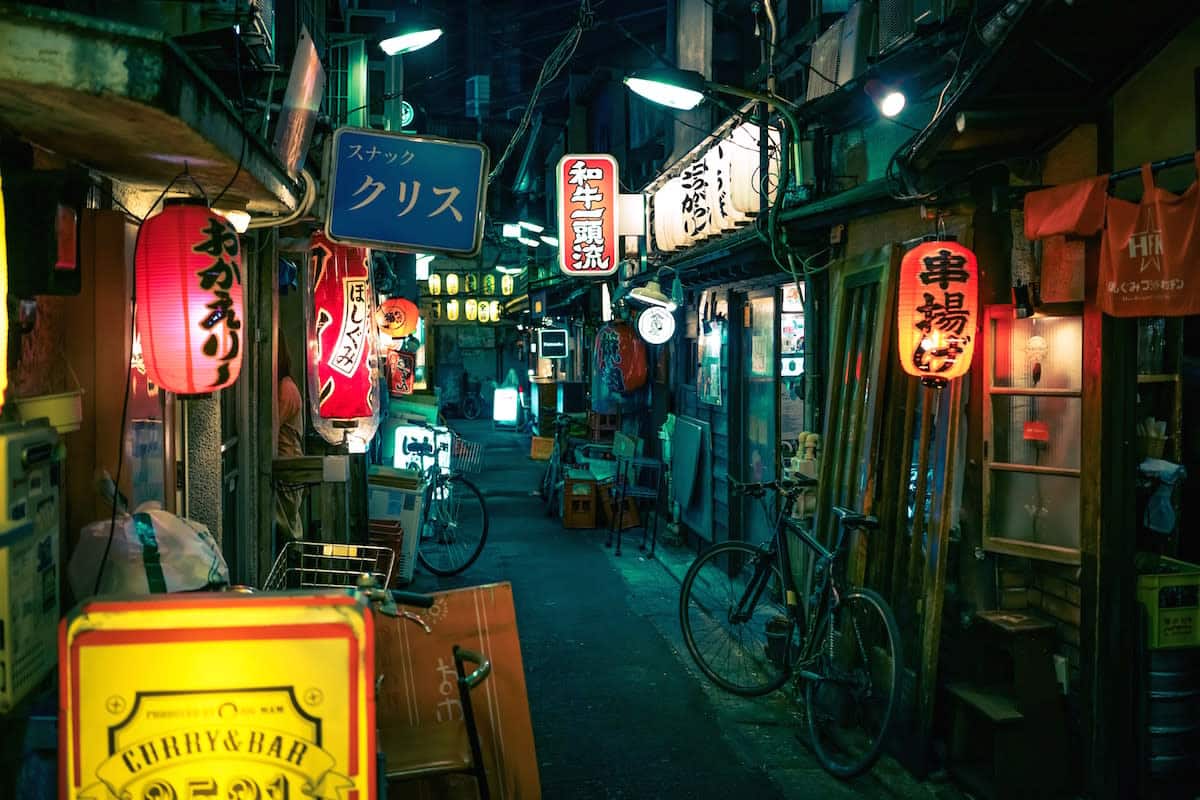Movies have trailers, books have blurbs and creative professionals have artist statements. An artist statement is a written explanation of an artist’s work, which can include their artistic process, influences and intentions. Artists use artist statements as a way to communicate their creative vision to the world.
An effective artist’s statement is a communication tool between the artist and the audience, helping foster a deeper understanding of their work. The audience of an artist statement are usually viewers, curators and art critics.
Each artist statement is unique, yet some are strong and others fall short of addressing viewers’ pressing questions. Keep reading this article to learn how to write an outstanding artist statement and see how 10 other creatives from various disciplines have approached theirs.
The Components of a Successful Artist Statement
A successful artist statement encompasses one or several components that give a glimpse into what the artist’s work is all about.
Personal connection
Striking a personal connection in an artist’s statement can be important because it allows viewers to establish an emotional or intellectual bond with the artist and their work. This personal touch can help viewers relate to the artist on a deeper level, fostering empathy and creating a stronger connection between the audience and the artwork.
How much personal information you include comes down to you, your audience, and whether it feels relevant to the body of work you are creating. It is better to err on the side of professionalism than to share about yourself in a way that doesn’t feel authentic.
Medium of expression and techniques
Detailing the techniques utilized in the creation process can showcase the artist’s technical expertise and mastery of their craft. This can be particularly important for potential buyers, collectors, or curators who consider an artist’s technical proficiency when evaluating their work.
Themes and inspirations
Themes and inspirations help provide context for the artwork, allowing viewers to understand the underlying concepts and ideas explored by the artist. By sharing these influences, artists offer viewers a frame of reference to interpret their work and connect with the artistic narrative more deeply.
Goals and intentions
When artists express their goals and intentions in their artist statement, it offers insights into the artist’s intended message, emotions, or concepts, helping viewers navigate the artwork’s layers of meaning. This insight fosters an appreciation of the artist’s intentions and enhances the viewer’s overall experience.
Ultimately, every artist statement is unique, and not all will include all four elements introduced here. The right combination depends on the conventions of your chosen medium and the ambitions you have for your work.
For instance, artists hoping to receive grants or apply for artist residencies may choose to include more technical details and schooling, while artists seeking creative partnerships may provide a more abstract statement, such as the first artist in our list of examples, Yayoi Kusama.
10 Powerful Artist Statement Examples
Draw inspiration from real artist statements across multidisciplinary specialities from sculpture to mixed media and beyond.
Example 1: Visual artist Yayoi Kusama
Artist Statement:
“My art originates from hallucinations only I can see. I translate the hallucinations and obsessional images that plague me into sculptures and paintings.”
What makes it effective:
This statement comes from Kusama, a famous Japanese artist known as “the princess of polka dots” who has voluntarily lived in a psychiatric hospital for the last four decades. Her artist statement is a glance into the mind of a “mad genius” artist. Kusama’s mental state being a part of her creative process adds another layer to her colorful avant-garde creations, many of which center around the theme of infinity.
Example 2: Sculptor Antony Gormley
Artist Statement:
“I’m interested in the raw material of sculpture, the material that it is made from: the lived body. I’m interested in the body not as an image but as a place. It’s from that body that we have all our sensorial relations with the world. All our metaphors, of which sculpture is one, come from that basis.”
What makes it effective:
British sculptor Sir Antony Mark David Gormley positions the body as a physical place, comparing the physical body to clay. By doing this, the artist provides a frame of reference with which he views the world. Those drawn to metaphors and parallels would be enticed to view Gormley’s work after reading such a statement.
Example 3: Photographer Annie Leibovitz
Artist Statement:
“I don’t have two lives. This is one life, and the personal pictures and the assignment work are all part of it. Photography has always been a passion of mine, and I have been fortunate enough to pursue it as a career. My approach to photography has always been spontaneous. I’m interested in the moment, not the time it took to get there.”
What makes it effective:
In her artist statement, one of the most famous photographers in the world humbly makes her work more approachable. Notice how she doesn’t mention that she holds a BFA from the San Francisco Art Institute, but focuses instead on her passion and unrehearsed nature of her portraits, making the craft feel attainable to all.
Example 4: Painter Gerhard Richter
Artist Statement:
“For me, art is the restoration of order. It may discuss all sorts of terrible things, but there must be satisfaction at the end. A little bit of hunger, but also satisfaction.”
What makes it effective:
German visual artist Gerhard Richter dedicates his artist statement to what topics art should cover, as well as the emotional outcome art should evoke in the viewer. This sentiment provides a point of connection for others who are looking to get the same “hunger, but also satisfaction” out of their artistic experience.
Example 5: Mixed Media Artist Wangechi Mutu
Artist Statement:
“My work is a collection of a variety of resources, a collection of experiences. It’s about understanding history, understanding the power of history, the power of power, the power of beauty, the power of transformation, and the power of purpose.”
What makes it effective:
The artistic statement of Kenyan-born American visual artist Wangechi Mutu tackles power and hints at inequity, the tension between which is a major theme Mutu often broaches across media. The multitude of sources and narratives hint at a retelling of history, creating a sense of intrigue in the viewer and leaving them wanting more.
Example 6: Visual artist Ai Weiwei
Artist Statement:
“In normal circumstances, I know it’s undesirable for an artist to be labeled a political activist or dissident. But I’ve overcome that barrier. The struggle is worthwhile if it provides new ways to communicate with people and society.”
What makes it effective:
By calling himself a dissident, Weiei is appealing to others who want to challenge the status quo or feel that they don’t fit into society. In this way, Weiwei’s artist statement seeks to make a connection with other socially conscious viewers through the greater goal of promoting expression and communication.
Example 7: Visual Artist Andy Warhol
Artist Statement:
“I just paint things I always thought were beautiful, things you use every day and never think about.”
What makes it effective:
Warhol’s artistic statement is as iconic as his art, giving the viewers an appreciation of everyday objects by portraying them in a new light. His artist statement invites people to look at their ordinary lives anew.
Example 8: Painter Pablo Picasso
Artist Statement:
“I have never made trials or experiments. Whenever I had something to say, I have said it in the manner in which it needed to be said…I can hardly understand the importance given to the word “research” in connection with modern painting. In my opinion, searching means nothing in painting. To find is the thing.”
What makes it effective:
Picasso’s artistic statement provides a strong point of view about his method, which steers away from research and toward creative discovery. As a world renowned painter, it makes sense that he doesn’t spend time validating his methods to the audience.
Example 9: Sculptor Richard Long
Artist Statement:
“In the nature of things:
Art about mobility, lightness and freedom.
Simple creative acts of walking and marking
about place, locality, time, distance and measurement.
Works using raw materials and my human scale
in the reality of landscapes.”
What makes it effective:
Known for his natural landscape installations, British artist Richard Long provides a surprisingly poetic artist statement that acts as a reflection of his creative style.
Example 10: Painter Edward Hopper
Artist Statement:
“It’s to paint directly on the canvas without any funny business, as it were, and I use almost pure turpentine to start with, adding oil as I go along until the medium becomes pure oil. I use as little oil as I can possibly help, and that’s my method.”
What makes it effective:
Edward Hopper focuses entirely on describing his unique method in his artist statement, drawing attention to the unorthodox method of oil painting that is entirely his own.
Construisez votre portefeuille avec Format
Classé #1 créateur de portfolio en ligne par les artistes et les créateurs.
Expert Tips for Crafting Your Own Artist Statement
It’s true that each artist’s statement is unique to the person behind the craft. However, following these basic guidelines will ensure that your artist statement is working hard for you by captivating the audience. An effective artist statement fulfills the purpose the artist intends, such as sparking intrigue, instilling confidence in their expertise, or creating a personal connection with the viewer.
Be authentic and personal
Let your unique voice and perspective shine through, allowing viewers to connect with your work on a deeper level. Share your personal experiences, emotions, and inspirations that drive your creative process. This authenticity enables viewers to not only appreciate the visual aspects of your work but also to engage with the underlying stories, concepts, and ideas that make your art truly remarkable.
Keep it concise and clear
Don’t forget to keep your statement concise and clear, avoiding unnecessary jargon or confusing language. The goal is to communicate your ideas in a straightforward way, allowing your message to resonate with your audience. Avoid overloading your statement with excessive details or tangents that may distract from your main points. Instead, focus on conveying the essence of your artistic vision and intentions.
Connect with your audience
To enhance the connection with your audience, go beyond mere description and strive to connect with them on both emotional and intellectual levels through your artist statement. Create a bridge between your own journey and the viewer’s experiences, allowing them to relate and empathize with your work on a deeper, emotional level. By inviting the audience to actively engage with your artwork and its deeper meanings, you create a dynamic relationship that goes beyond the surface, fostering a profound and lasting impact.
Edit and revise regularly
Regularly editing and revising your artist statement is essential to refine its clarity and impact, ensuring that it accurately reflects your artistic vision. Treat your statement as a living document that evolves alongside your artistic practice. By regularly editing and revising your artist statement, you can align it with your evolving artistic practice and ensure that it remains a powerful tool for conveying your artistic vision to others.
Seek feedback from peers
Lastly, seek feedback from peers and fellow artists to gain fresh perspectives and refine your statement further. Their insights can help you strengthen your message and create a more compelling artist statement.
With these tools and inspirations at your disposal, you’re well-equipped to craft an outstanding artist statement that effectively communicates your creative vision to the world.
If you’re still feeling stuck, think about what you would want to know about an artist you admire, and start there.
Conclusion
As the examples in this article illustrate, a strong artist statement plays a crucial role in fostering a deeper understanding of an artist’s work and establishing a connection with the audience. By striking a personal connection, detailing the medium and techniques used, sharing themes and inspirations, and expressing goals and intentions, artists can provide context, invite exploration, and enhance the viewer’s overall experience.
Now that you’ve explored powerful artist statement examples and gained expert tips, it’s time to put them into practice. Remember that each artist statement is unique, so find the right combination of elements that align with your chosen medium and artistic ambitions. Embrace the process and let your artistic voice shine through.














